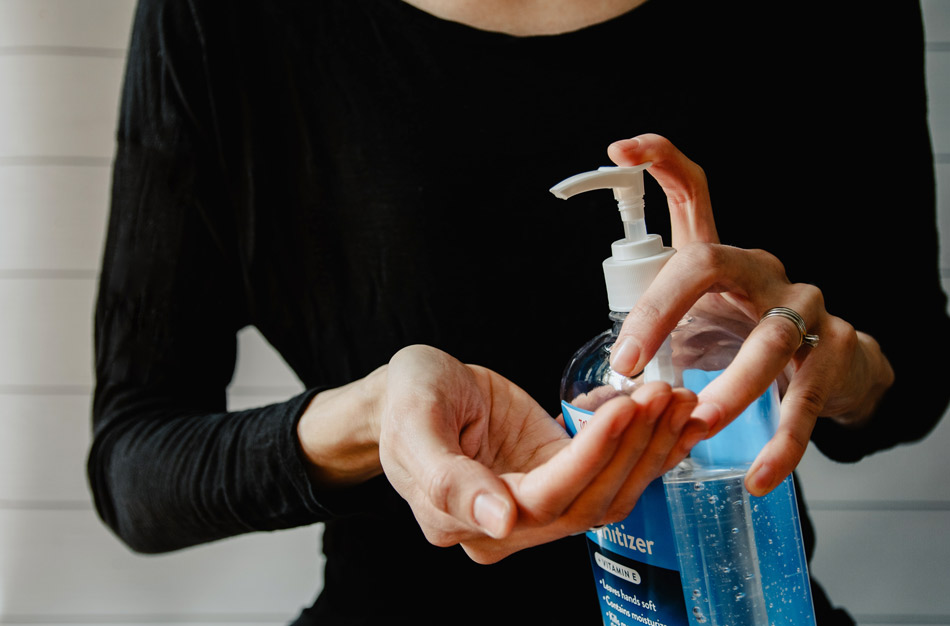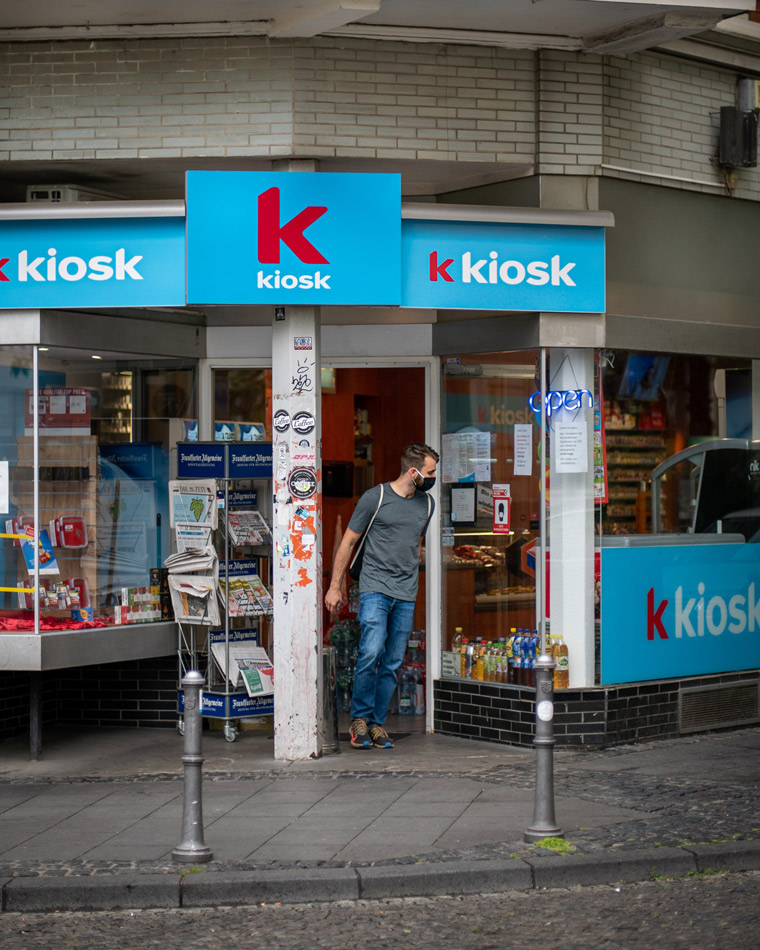Has there ever been a more challenging time for retail? Without the business disruption insurance that we lobbied for, we’re seeing more and more retailers forced into bankruptcy. And even as states are in the midst of phased reopenings, the ongoing civil unrest, however justifiable, has made it impossible for some retailers to open as planned. There are more unknowns than knowns – and there’s a lot to unpack. What has become clear, however, is that whatever role you play in retail, the one word you need to remember is flexibility.
Flexibility is our Mantra for 2020-2021
Retailers, landlords, lenders, and consumers – and all the organizations involved in keeping them up and running – must all embrace flexibility. But what does that really mean?
Retailer Flexibility
Retailers who survive need to throw their old models out the window. Consumers have changed. The economy has changed. We are not going to be able to predict everything that is going to happen (did you ever once think in January that this is where we’d be in June?).
Location
For a retailer, this means flexibility in your location strategy: pop-ups, regionalization, localization, adapted design, modular design, movable walls to adjust to consumer and operational needs.
Leases and Lending
This also means flexible negotiations with landlords and lenders, because traditional, long-term, fixed deals are not and cannot be the future. While terms have been adapting over the last two years, even more change is going to be required for new retail players. Flexibility tied to performance and structure will be a mandate from those retailers expanding and moving forward.
Customer Service and Customer Experience
Flexibility in service to the customer, whether this means curbside delivery OR curbside return – yes, you read it here: curbside return – will be necessary. Providing delivery options is only one of the simple changes that retailers have to make. The long pole in the tent is a complete overhaul of old processes and procedures as well as systems and devices that both associates and customers use. Retailers have to pivot their strategies in order to address these new customer expectations. Rachel Williamson provides the best guidance here:
- Retailers must start with WHY. It has to be clear to your customers. Many businesses are focused on the WHAT and HOW. WHY is more important and draws customers to your brand.
- Create WOW experiences. While safety is top of mind (and should be for the time being), it cannot replace genuine customer engagement. Sanitizing, masks, and long lines to enter the store must be met with engaging associates who are making the customer feel glad they chose to shop in-store. The experience has to be tantalizing and connect the customer to the brand. The only way this happens is through really thorough training of the store teams. Shortcuts to training means shortcuts in delivery. The customers will feel it and may not come back to shop.
- Communicate to your customers regularly, reminding them about the safety protocols, but more importantly, about the different ways they can connect with your brand. Now more than ever, the online and offline experiences have to be seamless.
- Create a compelling reason for customers to come shopping and then continue to create reasons to return. Covid-19 created a supply chain disruption bigger than we have ever seen. Stores have few fixtures on the selling floor and even fewer products. Get creative on how to make the stores look and feel full.

Operations
Flexibility also means streamlining your company’s operations. Before COVID, removing ‘friction points’ was the focus. Now, the new processes designed to keep customers safe have created a new set of friction points for both store teams and customers. Every process that can be automated should be. Examples include labor scheduling, merchandise flow, and performance management, as well as sensor product in the DC or at the manufacturer. Take it off the list of things the stores have to do. The focus in-store must be on delivering customer experiences and exceeding their expectations if brick-and-mortar is to survive.
To be as nimble as possible, retailers should outsource everything that’s not part of the core business so that they can adjust more readily to changes. The future of retail belongs to the brands and companies willing to adapt to this constant state of flexibility – and there is a lot of market share up for grabs.
Landlord Flexibility
One of the core lessons learned during the pandemic is that force majeure did not save anyone but the landlords. Landlords – and the lenders behind them that often tie their hands – who refuse to renegotiate or provide any kind of flexibility will end up with empty buildings. The landlords who remain under-standing and flexible will be the landlords who win going forward. Retailers must be able to adjust lease terms to their needs. This can no longer be a negotiation to meet landlord demands. Retailers just can’t afford to do it anymore. Gone are the days of a 10-year, fixed-rate lease. Right now, retailers need leases that offer variable rents with more options; flexible terms are the new norm.
The biggest outgoing is often rent. A number of landlords and tenants have already agreed short-term arrangements, such as rent concessions and deferments to cover the lockdown period. But what happens after lockdown? In a retail landscape where some trading is possible, but not enough to sustain rents at their pre-Covid levels, landlords and tenants will need to collaborate in order for both to survive.

Store Construction and Design Flexibility
Retailers are going to need to be able to adjust locally and build in more regionalization and differentiation; so, there can be no more one-lease-to-fit-them-all or one size stores. National footprints won’t be normalized. Adding flexibility inside the spaces themselves will require flexibility with the landlord for things like movable walls to adjust backroom sizes and selling floor sizes as the stores or consumers demand, with multiple-size footprints and more showrooming for consumers.
“This is a retail renaissance not a retail apocalypse,” said Whitney Livingston, COO, Centennial Real Estate. “For anyone to succeed, all parties need to move out of their comfort zones, and compromise and partner. Companies that are willing to innovate and think outside of the box will help the industry reset and thrive post-pandemic.”
Lender Flexibility
We’re spending all day every day in conversations with landlords. Landlords’ hands are sometimes tied as well. But without more flexibility from commercial lenders, we’re headed for a collapse that will make the housing crash of 2008 look like small beans. We’re already in a worse situation than we were then. It’s going to be ugly.
Final Thoughts on Post-Pandemic Retail Strategies
Consumers may spend less. But even if they spend more, their spending is likely to be different. It will take time to collect data and develop trends, and until then, you’ll need to be able to quickly pivot.
The way forward in 2020 and 2021 is going to require innovation, technology, and data.
Data will be crucial. To get some real perspective on how little retailers know and how crucial data will be for future decisions, read this deep dive, from Retail Dive, on the uncertainty retailers face. From managing cash flow to determining a reopening strategy to making the tough decisions about locations in the coming 6-18 months, you will need analytics more than ever.
“Retailers need to understand that their response to dynamic customer behavior starts and ends with data. We already have an endless supply of data but using it intelligently to make decisions on where and how to invest, and what the customer needs and values, is where we’ve seen traditional retailers struggle.” – Andy Halliwell, Senior director, retail, Publicis Sapient
The future is unknown. But we can begin to build new models now.




